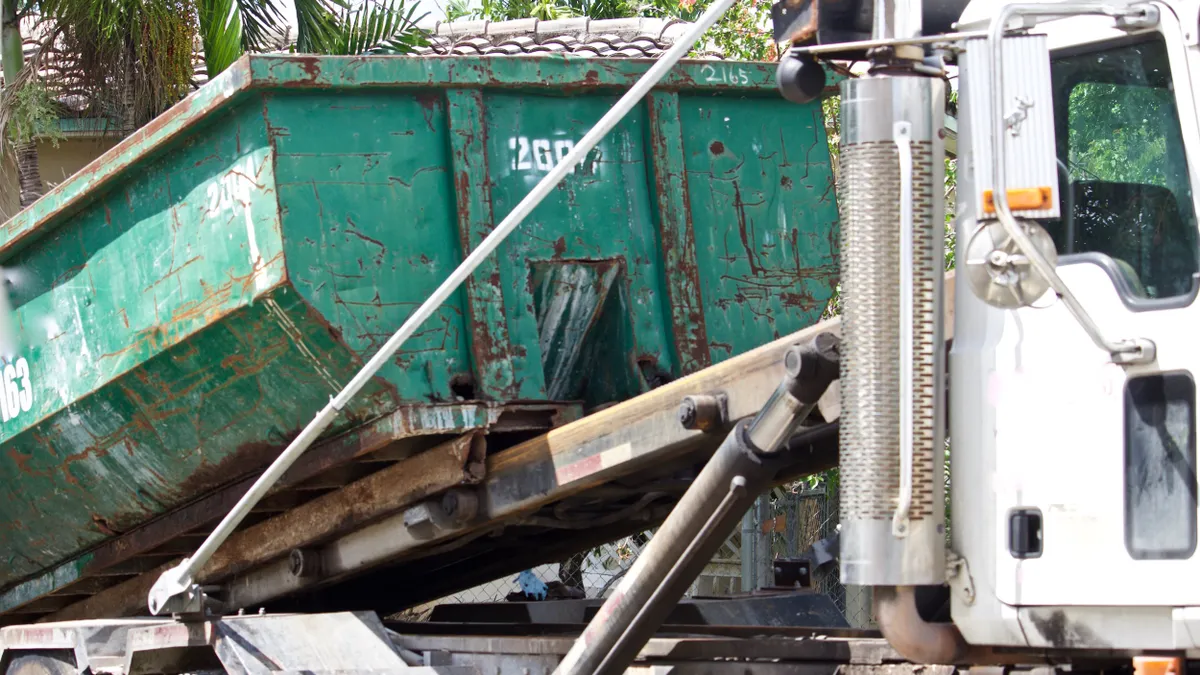Dive Brief:
- A new Austin Resource Recovery (ARR) study revealed that Austin, TX diverted 42% of its waste in 2015, falling short of its 50% diversion goal.
- In addition to determining a diversion rate, ARR conducted field observations of trash, recycling, and organics containers across the city; limited sample sorting of trash and recycling materials from commercial sources to asses the composition of each stream; and surveyed randomly selected businesses to understand disposal methods.
- Austin has a goal to reach zero waste by 2040.
Dive Insight:
"I think it could have been a lot worse," said Andrew Dobbs, Central Texas program director for the Texas Campaign for the Environment, to My Statesman. "Knowing what we do about other cities in Texas, (42%) indicates we’re already doing some good stuff, that we’ve got some of the basics covered, and now we can reach and do more."
Despite being pleased with the diversion rate, Austin will need to step up its recycling efforts if it wishes to reach zero waste by 2040. By not reaching its original goal of 50% diversion by 2015, the long-term zero waste goal is already proving to be a far reach.
In December, Austin committed to investing $7.5 million in a "[re]Manufacturing Hub" that would be home to recycling and reuse manufacturers to make new products from the city's recyclables. The city also passed laws that work toward boosting recycling education in the community.
Additionally, programs like Recycle By City are working with Austin to offer visual, helpful tools to residents who are unsure about what types of materials can be recycled and where. Recycle By City also offers tools to Houston, which has struggled with the recycling of certain materials—especially glass.














